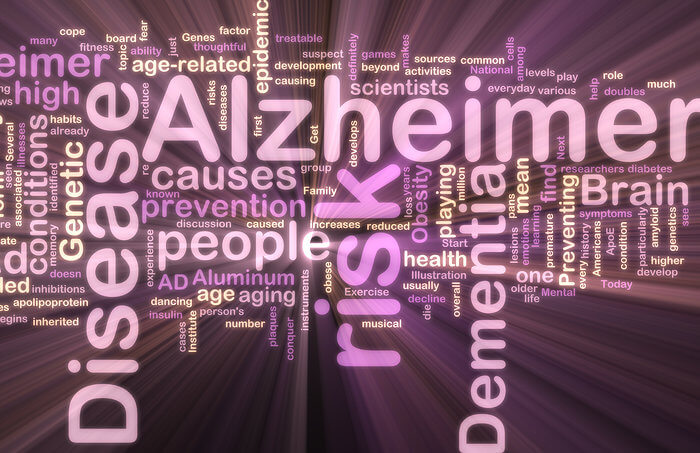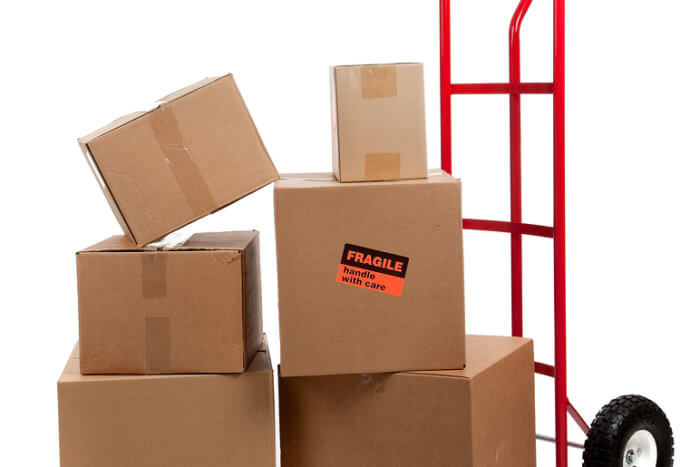Tips for Safe Medication Management in Assisted Living

9 Tips for Safe Medication Management in Assisted Living
Did you know that up to 50% of medication errors in assisted living stem from poor management practices? At MD Senior Living, we recognize that proper medication management is essential for resident safety and well-being—not just a routine task. By implementing structured strategies, such as organizing daily medications and leveraging technology, communities can significantly reduce risks and enhance efficiency. Explore these key best practices from MD Senior Living to ensure safer, more reliable medication management.
Understand the Importance of Medication Management
Understanding the importance of medication management in assisted living is essential, especially for seniors who often juggle multiple prescriptions. Effective assisted medication management strategies can considerably improve health outcomes by ensuring that residents take their medications as prescribed. This not only minimizes the risk of medication errors but also reduces adverse effects that can arise from improper usage. Additionally, clear communication between caregivers and healthcare providers enhances the overall management of living facilities, fostering a collaborative environment. By prioritizing good, safe medicine practices, you empower seniors to maintain their well-being and enjoy a higher quality of life. Implementing systematic approaches in medication organization and regular reviews can further elevate the safety and effectiveness of their treatment plans. Moreover, proper management is crucial for compliance in assisted living facilities, ensuring that residents receive the best care possible.

Define Roles and Responsibilities in Medication Administration
While senior living medication management is essential for assisted living residents’ health, the roles and responsibilities within this process are equally important. Caregivers must undergo thorough training to effectively administer medications, monitor resident responses, and maintain accurate medication records. They play a critical role in resident communication, educating residents about their medications and potential side effects. Additionally, caregivers should collaborate with healthcare professionals to guarantee medication adjustments are made when necessary. By clearly defining these roles, assisted medication management improves safety and effectiveness, ultimately enhancing resident well-being. Furthermore, understanding the coverage limitations of Medicare can help in planning for additional support in medication management in assisted living.
Ensure Consistent Timing for Medication Intake
To guarantee effective medication management in assisted living, routine schedules for medication intake must be established. Using timers and reminders can help caregivers maintain consistency, reducing the risk of missed doses. This approach supports resident health and enhances communication with healthcare teams. Furthermore, having trained staff available to administer medications significantly improves adherence to medication regimens.
Establish Routine Schedules
Establishing routine schedules for daily need medicine intake is vital for maintaining good health among residents in assisted living facilities. By creating consistent daily routines, caregivers ensure medications are taken at the correct times, which helps maintain adequate drug levels in the body. While adhering to these schedules is important, flexibility is also key to accommodating individual needs and preferences. This balance allows caregivers to tailor medication plans that respect residents’ lifestyles while ensuring compliance. Regularly reviewing and adjusting these routines can reduce the risk of missed doses or medication errors. A well-structured medication schedule ultimately fosters a safer, healthier environment for all residents. Additionally, respite care options can provide temporary relief for caregivers, ensuring that assisted medication management remains a priority even during challenging times.
Organize Medications and Manage Refills Effectively
While effective management in living communities requires organized medication routines, keeping up with refills is just as crucial. Start by implementing a reliable medication storage system that keeps medicine for old people secure and organized. Utilize pill boxes to simplify senior living medication management, reducing the risk of missed doses or overdoses. Set refill reminders to ensure medications never run out and designate staff to handle refills for residents. Regularly check expiration dates and dispose of outdated medications to avoid confusion. Open communication with healthcare providers is essential for adjusting prescriptions, helping maintain a safe and efficient assisted medication management system that supports resident well-being.
Monitor Resident Safety and Prepare for Emergencies
Regular health check-ins are vital for monitoring medication responses to guarantee resident safety. Establishing clear emergency protocols and maintaining an updated list of all medications and dosages is also essential. This preparation enhances safety and empowers staff to respond effectively during emergencies.

Conduct Regular Medication Reviews for Compliance
Regular reviews ensure compliance with state and federal regulations while identifying potential drug interactions that could impact resident health—schedule reviews at least quarterly to maintain a consistent assessment frequency. Collaborate with healthcare providers to assess the necessity of each medication, focusing on minimizing medication interactions. Document all findings and changes meticulously to support compliance and facilitate future reviews.
Leverage Technology for Enhanced Medication Management
As technology evolves, assisted living facilities can significantly enhance senior living medication management by utilizing digital tools for efficiency and safety. Medication tracking systems and digital prescriptions help reduce errors and ensure timely administration. These tools provide caregivers with real-time access to medication records, enhancing communication and coordination with healthcare providers.
| Feature | Benefits | Examples |
| Medication Tracking | Prevents errors and missed doses | Mobile apps, EHR systems |
| Digital Prescriptions | Streamlines ordering and refills | E-prescribing platforms |
| Alerts and Reminders | Guarantees timely administration | Automated notifications |
Educate Residents and Involve Them in Their Care
While fostering a collaborative environment, educating residents about their medications and involving them in their care is crucial. This approach promotes resident empowerment and enhances good, safe medicine practices. Encourage residents to ask questions about their medications, including dosages and potential side effects. Work with them to develop personalized assisted medication management plans that reflect their preferences and understanding. Providing clear instructions ensures residents feel informed and confident in managing their health.
Medication safety should be considered as tending a garden in the journey of medication management in assisted living with MD Senior Living. Just as plants need consistent care and the right environment to thrive, residents require careful attention to their daily need medicine routines. By implementing these nine tips, you’re not just preventing mishaps but nurturing each resident’s well-being. When everyone is involved—staff, families, and residents—you cultivate a thriving community where health flourishes, much like a vibrant, well-tended garden. For more information, feel free to contact us at 480-418-9150.
Frequently Asked Questions
What is the definition of safe medication?
Safe medication refers to the proper use of drugs to achieve the desired health outcomes while minimizing risks and adverse effects. It involves selecting the right medication, ensuring the correct dosage, and following proper administration guidelines. Safe medication also considers patient-specific factors such as age, medical history, and potential drug interactions. The goal is to provide effective treatment while preventing errors and complications.
What are the 5 rules of safe medication administration?
The five rules of safe medication administration, often called the “Five Rights,” help ensure patient safety. These include:
- Right Patient – Verify the identity of the person receiving the medication.
- Right Medication – Ensure the correct drug is given as prescribed.
- Right Dose – Administer the appropriate amount of medication.
- Right Time – Give the medication at the correct time intervals.
- Right Route – Ensure the medication is taken or administered correctly (e.g., oral, intravenous, topical).
Following these rules helps prevent medication errors and ensures effective treatment.
What does “safe” mean in drugs?
In the context of drugs, “safe” means that the medication has been tested and approved for use with minimal risk when taken as directed. It implies that the benefits outweigh the potential side effects or risks when used correctly. Safe drugs are properly labeled, stored, and prescribed according to established medical guidelines. Additionally, they are monitored for adverse reactions to ensure patient safety.
What is the safe medication process?
The safe medication process involves several key steps to ensure effective and risk-free drug administration. It starts with prescribing the appropriate medication based on the patient’s condition and medical history. Next, the medication is dispensed accurately, following proper dosage and labeling guidelines. Administration should adhere to the “Five Rights” to prevent errors, and patients should receive instructions on proper use. Finally, monitoring for side effects and interactions is essential to maintaining medication safety over time.






Leave a Comment